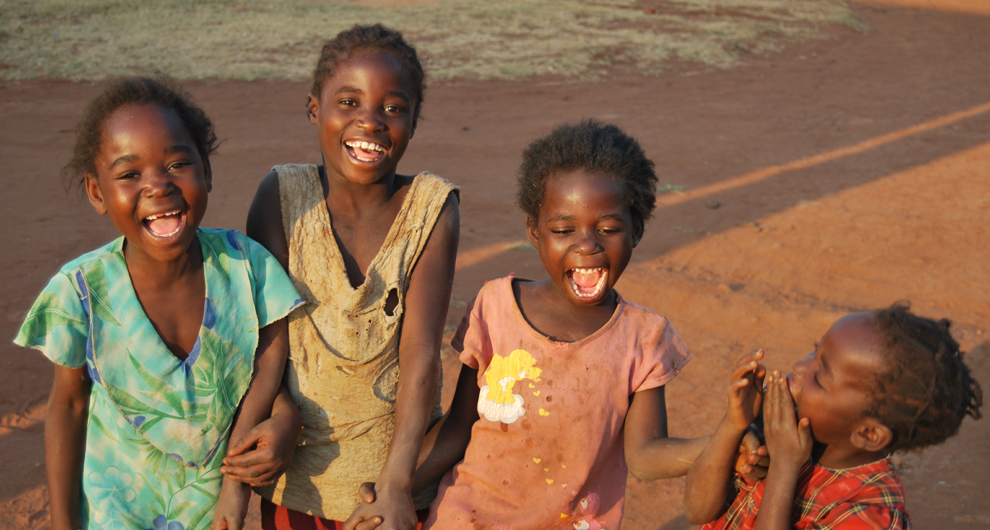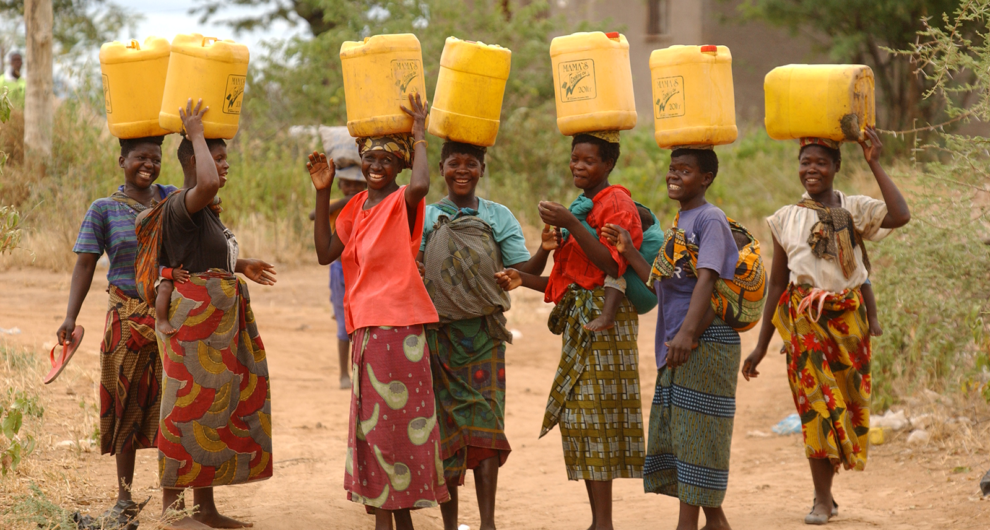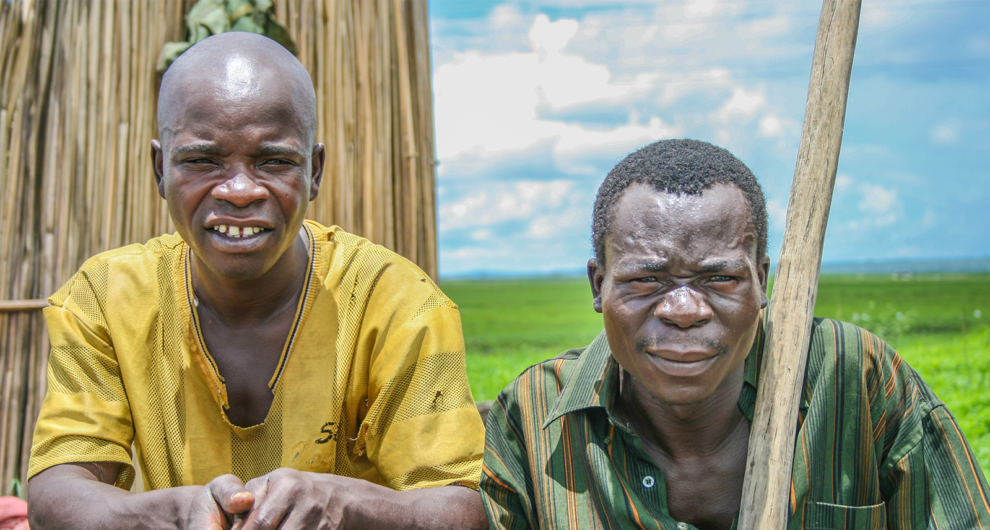Zambia



In 2015, in partnership with the United Nations Population Fund (UNFPA), we provided technical expertise to the Government of Zambia to synthesise and generate evidence on what the country needs to do to harness a sizeable demographic dividend.
Research Reports:
- Harnessing the Demographic Dividend: The Future We Want for Zambia
- Landscape Analysis of Maternal, Newborn and Child Health, Family Planning and HIV/AIDS Integration in Zambia
Policy Briefs:
Zambia is among 14 African countries that AFIDEP has supported to develop awareness and policy options for harnessing the Demographic Dividend.
It is also one of the 10 out of 14 countries who over the past four years have taken the next step to integrate recommendations from these studies in their mid-term national development strategies.
Informed by the evidence, the Zambian government developed and adopted its 7th National Development Plan 2017-2021 launched in June 2017. Illustrating the impact of our evidence on harnessing the demographic dividend, which emphasises an integrated approach to development, the government states in the Plan that:
The Plan seeks to realise five outcomes, which will contribute to its goal of creating a diversified and resilient economy for sustained growth and socio-economic transformation driven by agriculture and other sectors:
• Economic diversification and job creation
• Reduction of poverty and vulnerability
• Reduced developmental inequalities
• Enhanced human development
• The creation of a conducive governance environment for a diversified and inclusive economy
An implementation plan has been developed and is guiding government and development partner operations in implementing the Plan. Together with UNFPA, we continue to work with the government to support evidence use in the implementation of the Plan, and draw lessons for improving implementation of integrated plans for Zambia and other African countries.
Key Details
Population Indicators
Economic development
Health and well-being
Education and skills development
Environment and Climate
Sources:
|
Warning: count(): Parameter must be an array or an object that implements Countable in /home/daqh5xy6fshq/public_html/wp-content/themes/afidep2019/taxonomy-country.php on line 87
Related Items
Warning: Invalid argument supplied for foreach() in /home/daqh5xy6fshq/public_html/wp-content/themes/afidep2019/sidebar-relateditems-programme.php on line 132
Related Events
Aug 2022
Aug 2021
Oct 2020
Sep 2020
Apr 2020
Nov 2019
Jul 2019

